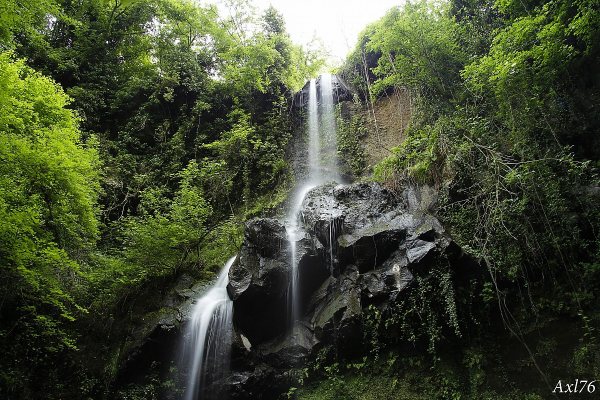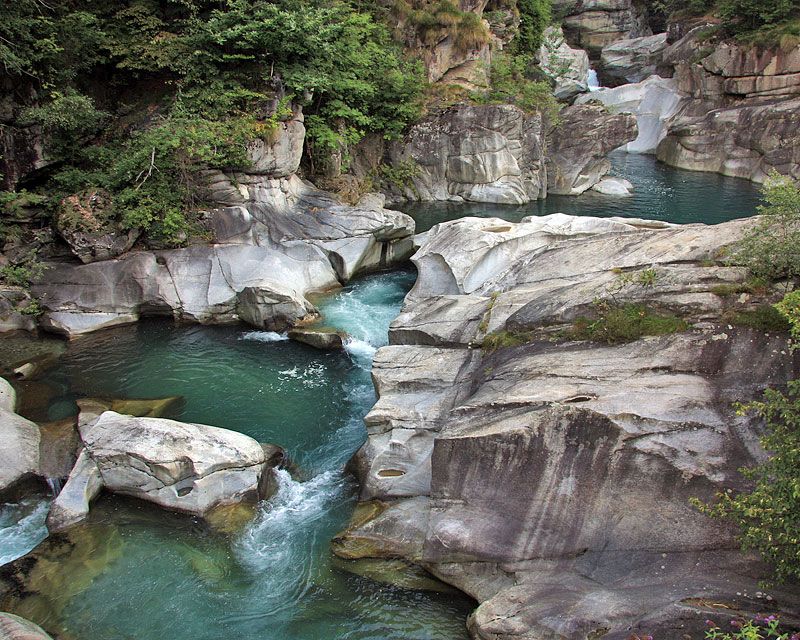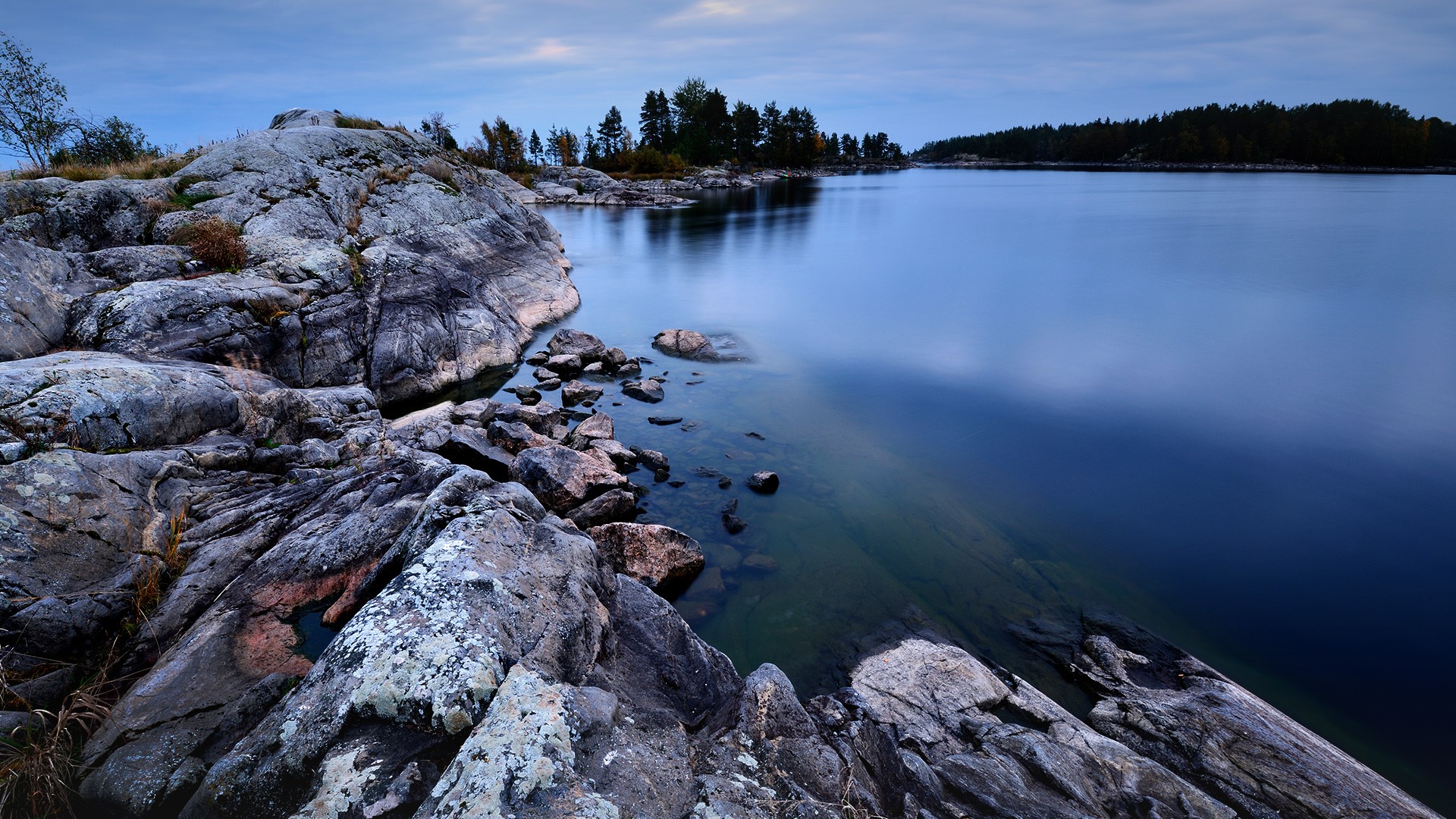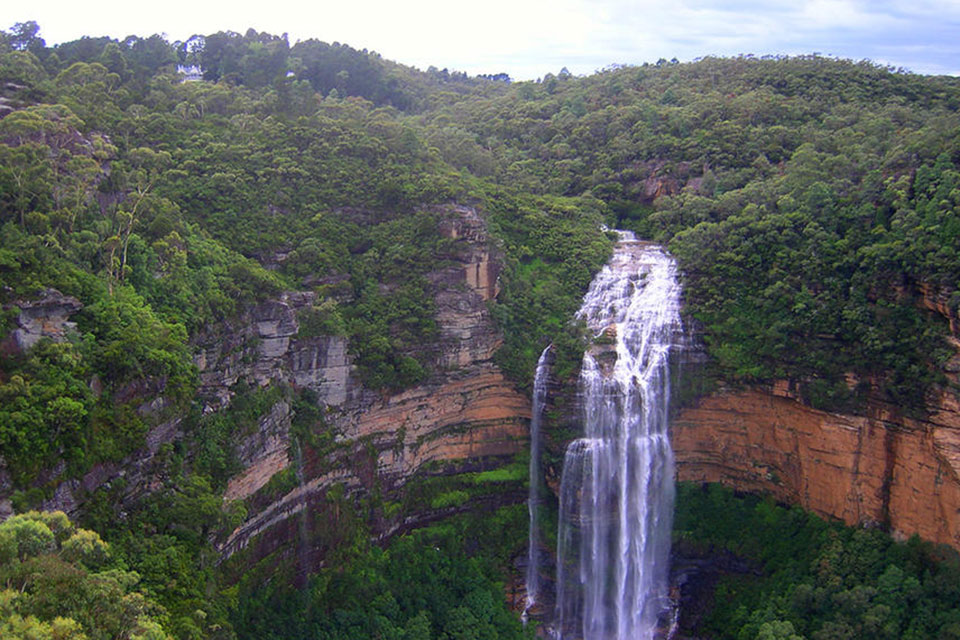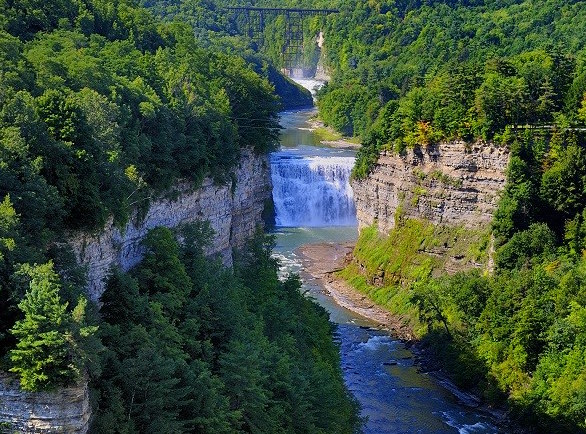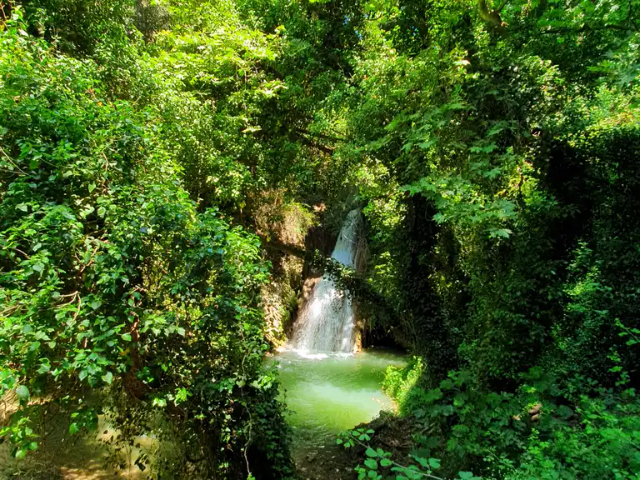With a capacity of about 70 million cubic meters of water and a length of 8.7 km, this lake is the second largest after Lake Cecita. The lake is connected to Lake Ampollino by a tunneled pipeline. The northern shore is jagged, while the southern shore is more rectilinear. The bottom is covered mainly with sand and pebbles. This lake was created between 1927 and 1931 by damming the Arvo River and the Bufalo and Fiego streams for the purpose of creating a hydroelectric reservoir. Lake Arvo was created in a marshy area by damming it by means of a compact earth dam (unique in Calabria). Currently, the lake has a capacity of between 70 and 80 million cubic meters, while the diametrical length is about 8.7 km for a total perimeter of 24 km. Due to these characteristics and conformation, the lake lends itself well to rowing competitions, so much so that it is planned soon, the completion of the Olympic Rowing Center. The dam of Lake Arvo, is unique in Calabria, as it is made not of reinforced concrete and concrete, but of clay and compacted earth. 280 m long (a record at the time), and 22 m high, at the time of its construction it was the longest and largest dam built in Italy. The design of the dam, which was completely revolutionary for that time, could be implemented due to the characteristics of the reservoir, which was less steep than the other Silan reservoirs, subjecting the dam itself to less pressure. When the work was completed in 1932, the dam and its entire complex were inaugurated by King Umberto II and Mary of Savoy. Its waters are home to trout, royal perch, eel, chub, tench, carp and smaller cyprinids such as rudd, mullet, bleak and carassi. Scarce bank vegetation, larch groves are present around. The earliest human evidence in Sila dates back to Homo erectus (about 700,000 years from now) and has been found on the shores of Lake Arvo. Other evidence, on the shores of Lake Arvo, dates back to Neanderthal man. Between the end of the Neolithic and the beginning of the Copper Age (3800-3300 B.C.), all of Sila was occupied by settlements of farmers and fishermen who exploited the ancient lake basins (Arvo and Cecita) with a special method of net fishing (research by the Superintendence for Archaeological Heritage of Calabria directed by archaeologist Domenico Marino).


